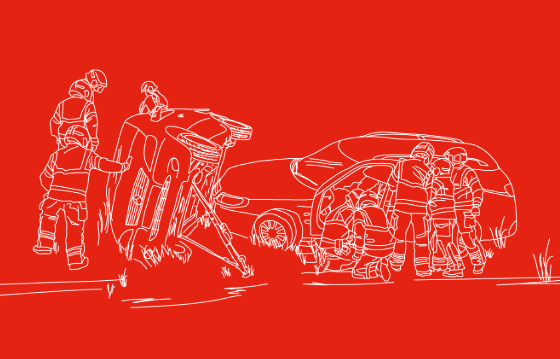
There are five main causes of serious injuries and deaths on the region’s roads. They are known as the ‘Fatal 5'.
- Careless driving
- Drink and drug driving
- Not wearing a seatbelt
- Using a mobile phone
- Speeding
Road users who commit one of the Fatal Five offences are far more likely to be involved in a fatal collision than those who do not.
People are dying on our roads as a result of motorists’ poor driving, reckless decisions, and momentary lapses in concentration. Fatal collisions are heart-breaking – for the family, for the community, and for the responding emergency services staff who have to witness the tragedy and subsequent aftermath.